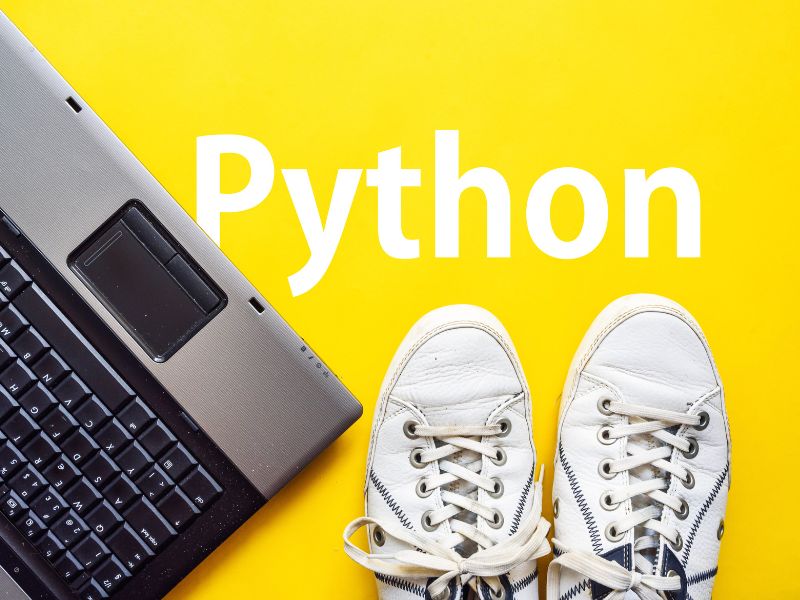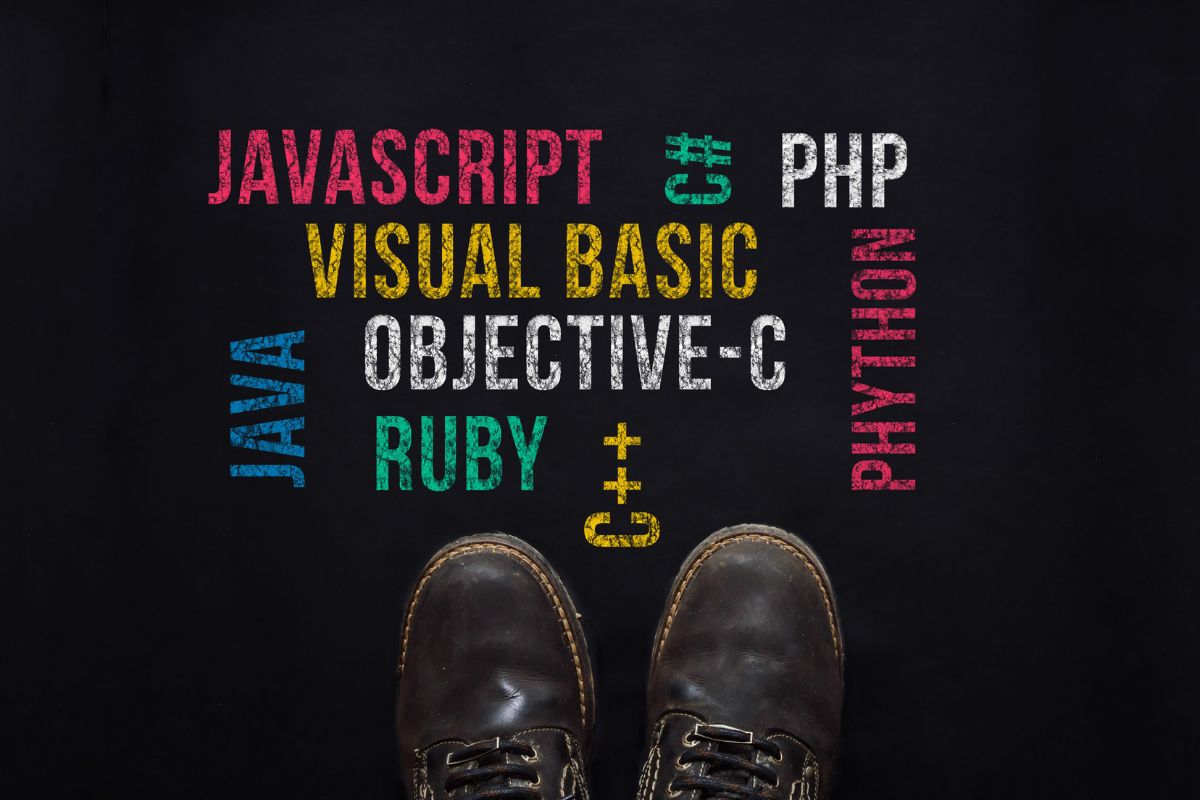Getting your child early into coding the moment they show signs of interest is the best thing you can do as a parent to prepare them for their possible career in the future. Or if ever they don’t end up liking it and choose a different path, it’s still a worthwhile endeavour for them, especially if they really enjoy screen time.
Hence, it is important to know what are the available resources for them so you can choose the best coding tools and languages that are suitable for their level of understanding. Below are some of the choices.
Coding Languages and Tools Suitable for Kids
Alice
Alice is one programming environment that is very ideal for younger kids due to its block-based visual aid which makes it easy to build interactive stories, create animations, or program basic 3D games. It inspires learners to explore creatively, unlike some of the other coding applications that are also puzzle-based.
The design of Alice is directed toward being kids’ first introduction to object-oriented coding, teaching the fundamentals of programming, as well as developing computational and logical thinking skills. It also provides supplemental materials and other tools for teaching across various age brackets that are proven to be engaging, particularly to those considered underserved groups.
Java
This is currently one of the most popular and widely used programming languages in the world and works best for intermediate learners. Kids would really find this option beneficial in building a solid coding foundation, especially if they eventually choose this career path later on in life. Java is easy to learn, compile, and debug unlike other programming languages out there, and it is able to run on different platforms using the same program.
Most kids today are interested in Java primarily because of Minecraft. For instance, constructing a Minecraft Mod using special tools and graphical interfaces, even without knowledge about the underlying code. Friend of the site, Paul, who is an expert at pressure cleaning in Townsville, tells us that his son even designed a mod for Minecraft that lets players use a pressure washer in-game to clean their virtual houses. How cool is that!
Java is highly secure as it has no concept of explicit pointers, unlike other programming languages.
JavaScript
For people not well-versed in programming, JavaScript may be thought of as the same as Java. However, they are completely different. Java is basically object-based and more widely used in the development of apps, while JavaScript is more commonly used in browsers, mostly web applications. Particularly, JavaScript is a scripting language used more for addressing online audiences, whether they be on the server or the client side.
It is worth noting that it is very widely used, supported by all of the major web browsers you could think of, and obviously being used by a lot, which make learning this more worth it. JavaScript allows programmers to create complex features that make web pages more vibrant, making them capable of developing dynamic games, servers, mobile applications, websites, and other animated visuals.
Perl
Perl played a crucial role in the creation and building of the World Wide Web, being a widely used and very popular web development language. If you don’t have any idea about Perl, think of it whenever you are sending a form via a website.
It is also a procedural language in its code, but at the same time, it also has features that are object-oriented. Learners may find some of its syntaxes challenging, so it is more suitable for older kids, especially those who have already earned good coding skills from previous courses taken.
Ruby
It is a programming language with syntax that beginners will find somewhat the most understandable. It is so straightforward that it won’t take a lot of explaining of codes for learners to figure it out on their own. This makes it ideal for kids who are still in the phase of learning different programming ideas.
What’s more amazing about Ruby is that it is used in both the front and back-end of web development and usually has the main role in the creation of Common Gateway Interface or CGI scripts. Ruby is so powerful that it was the first language used to develop X, formerly Twitter.
Python

Thinking like a programmer or at least an understanding of what goes through a programmer’s mind early on is crucial when wanting to learn coding, especially as a child interested in this field. Python programming is ideal for students who can’t wait to turn their ideas into action since it is one of the most straightforward out there with its simplistic syntax as well as emphasis on whitespace.
Python challenges learners to develop ideas in their heads before converting these into machine-readable commands. What’s nice about this is that the standard features that most programmers need are already embedded, which make it a more kid-friendly programming language.
Scratch
Scratch is considered the largest coding resource and community for kids in the world and it all started when they created a revolutionary approach to kid’s coding in 2007. Since then, they have been revolutionising the field of coding for kids. It offers courses for 8 to 16 years old but those younger can take the simplified version called ScratchJr.
Its coding language has a simple visual interface, allowing children to create their own animations, games, and digital stories. Through Scratch, kids can train their problem-solving skills, computational thinking, collaboration, and self-expression. What’s more is that it’s free and can cater to more than 70 languages.
Its forte is block-based coding where kids can build executable scripts with the use of visual blocks that are easier for kids to follow instead of text-based phrases and other symbols. This way, students can learn coding principles such as sequences, loops, debugging, and the likes without worrying about possible typographical errors since they are not in the form of text. Even the position of the brackets and other complex details that can hinder the process can be avoided.
Small Basic
Small basic is said to be the lone programming language that is specifically created to help young learners transition from basic block-based coding to text-based. Through the syntax-based language fundamentals introduced in an approachable manner, Small Basic makes it easier for students to go about some more complex programming languages like Java and C#.
Other platforms and devices where you can build applications using Small Basic are Raspberry Pi, Kinect, Oculus Rift, Lego Mindstorm, and Arduino. Small Basic is probably one of the easiest ways to learn coding.

